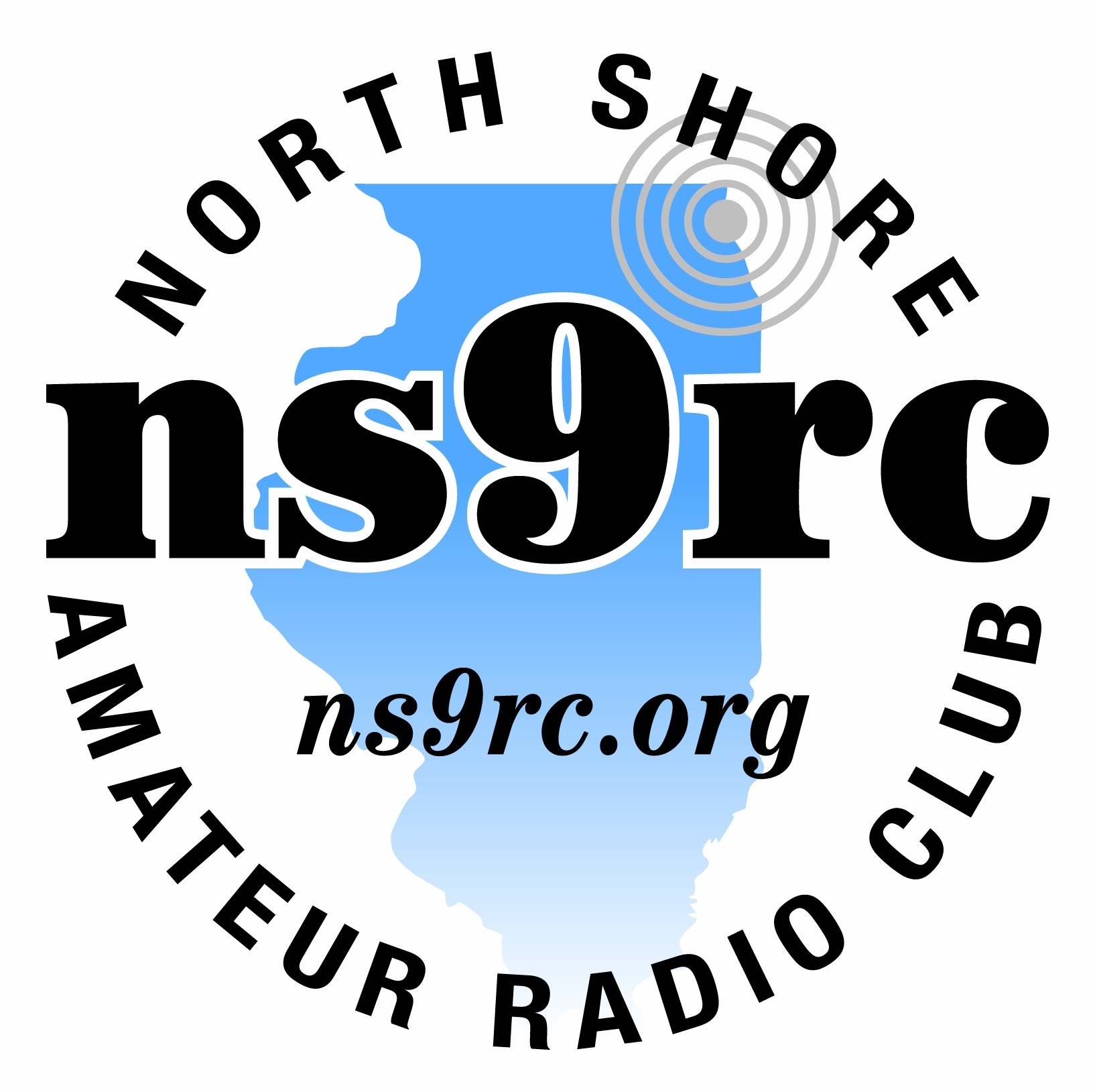A visit to Leonore
I mentioned in a newsletter that I would be willing to come out to visit any radio club to make presentations on serving the Chicago Marathon. Well, I had a taker and I agreed without ever thinking about the request. “Can you come visit our club? We are supporting the Starved Rock Marathon?” That was the request. So, where do we meet? “Come to our club house in Leonore, IL.” Leonore? I never heard of the place and all I knew for sure was that it was 2 hours away.
I punched in the address into my GPS and set off on a journey to the edge of the known universe. Actually, after I got out of the Chicago madness and traffic, and well into the country, the drive out was very pleasant. I know I was nowhere when I finally got on a series of straight-as-an-arrow country roads with nothing but harvested corn fields to my left and to my right. Huge open landscapes, with shaved remnant of corn stalks were everywhere. Dull brown, barren fields, except for the promise of the season to come. I drove and drove. Occasionally, I went right and then left! And still, I drove. Suddenly, like Oz, off in the distance, I could see radio towers…and then I saw the mill. Turns out the Starved Rock Radio Clubhouse is in a small little building next to the tallest structure in town, the mill. There are about 25 permanent residents in this town…no fast food anything. Surrounded by corn fields, the club has a really charming building that they share with the mill (the mill pays them rent and so that allows them to keep the place). In one room, they have a general meeting area and in the back room, their “radio room,” they have several stations set up for permanent use and lots of stuff! I was told by one of my hosts, Mark Gebhardt, K9ZQ, that the club house is often the dumping ground for stuff that doesn’t fit into other hams’ home! So, there were piles of repeater carcasses, parts in boxes, radios in various stages of repair. I was greeted by Mark, who I knew from the Red Cross and Joe Tokarz, KB9EZZ. I got the nickel tour of the station and some history of the club. I have to say, these guys made me feel right at home. I was one of the gang! I love that about ham radio…for the most part, you are always welcomed as part of the family.
Now Leonore is truly in the middle of nothing. There is the mill, with is its tall mass, and a ring of about 20 houses around the mill. That’s the town of Leonore. No McDonald’s. No restaurants at all actually, just the mill. I arrived at 5 pm for my 7 pm presentation and slowly watched as people pulled into the club house. Eventually about 25 people arrived, each with a different story about their radio background, but all incredibly friendly. Hams are generally a gregarious group…and I was amazed at how far many of these guys had to drive to get to this place. There were several who travelled 40–45 minutes to get to this spot! Of course, knowing how many came to hear me speak only added to the pressure of giving a good talk!
Eventually, I met Brad Nicholson, KA9WRZ. Brad worked with me on the Chicago Marathon and while we had never met, we have been in communication quite a bit over the years. He was now the lead for the Starved Rock Marathon and he was the guy who actually invited me out. In the audience we not only had the hams from the club, but a couple of EMA Directors, Police and Fire officials – all to hear how we in Chicago support the Chicago Marathon.
The talk, which featured heavily on how hams support other marathons, went quite well. Or at least so I am told. I was grateful for the opportunity and thrilled to see how other clubs are organized.
Their 2 meter antenna sits high atop the mill and serves as a vital link to the surrounding county for communications, Skywarn and other services. You can see how ham radio really can be more than just a
fun hobby, but serious work too. Thanks to my hosts for having me out. I learned a great deal.
Repeater coverage
Meanwhile, I came home to a series of serious storms in the Chicago area and was curious to know how well our own Skywarn team was handling the traffic. As some of you may know, our antennas had been severely beaten on while serving on the roof. The 220 antenna snapped in half and the 2 meter antenna was leaning well to the east, I suspect from the high winds on top of the building. We have since replaced them with more stable antennas, but with half of the gain. In preparing for a discussion I was to have with our repeater hosts, I came across some terrific free software to calculate your repeater coverage. This is sponsored by the Canadian government and requires an email address and pass word to work, but is it really fascinating to play with. Here is the link to the site: http://lrcov.crc.ca This program asks you for many details about the height of your antenna and the type of antenna, power and location you are using. All of this is in meters, so you need to do some conversions. In the end, I got a great map of Chicago, showing the potential service coverage for the NSRC 2 meter machine. Somehow, I will try to figure out how to get this on our website.
Rob Orr
K9RST
